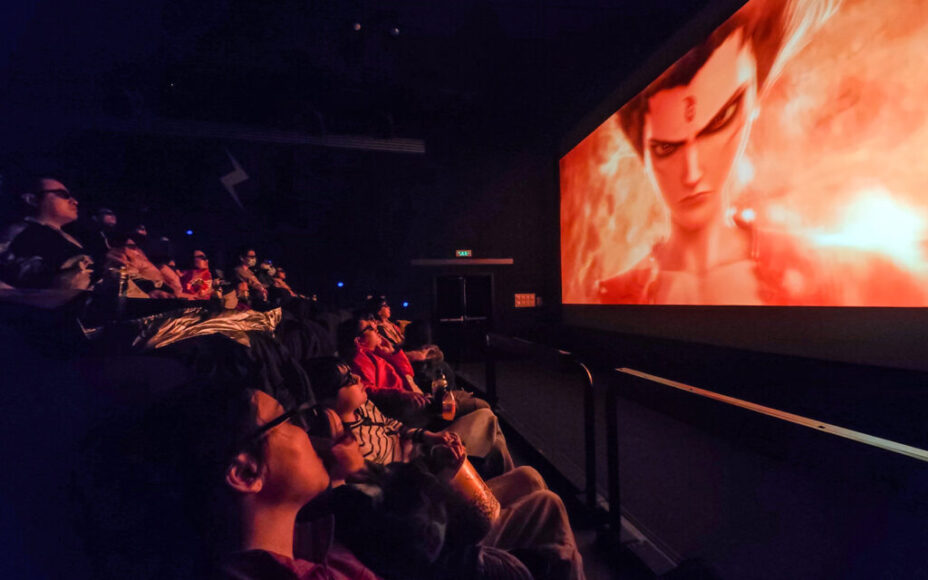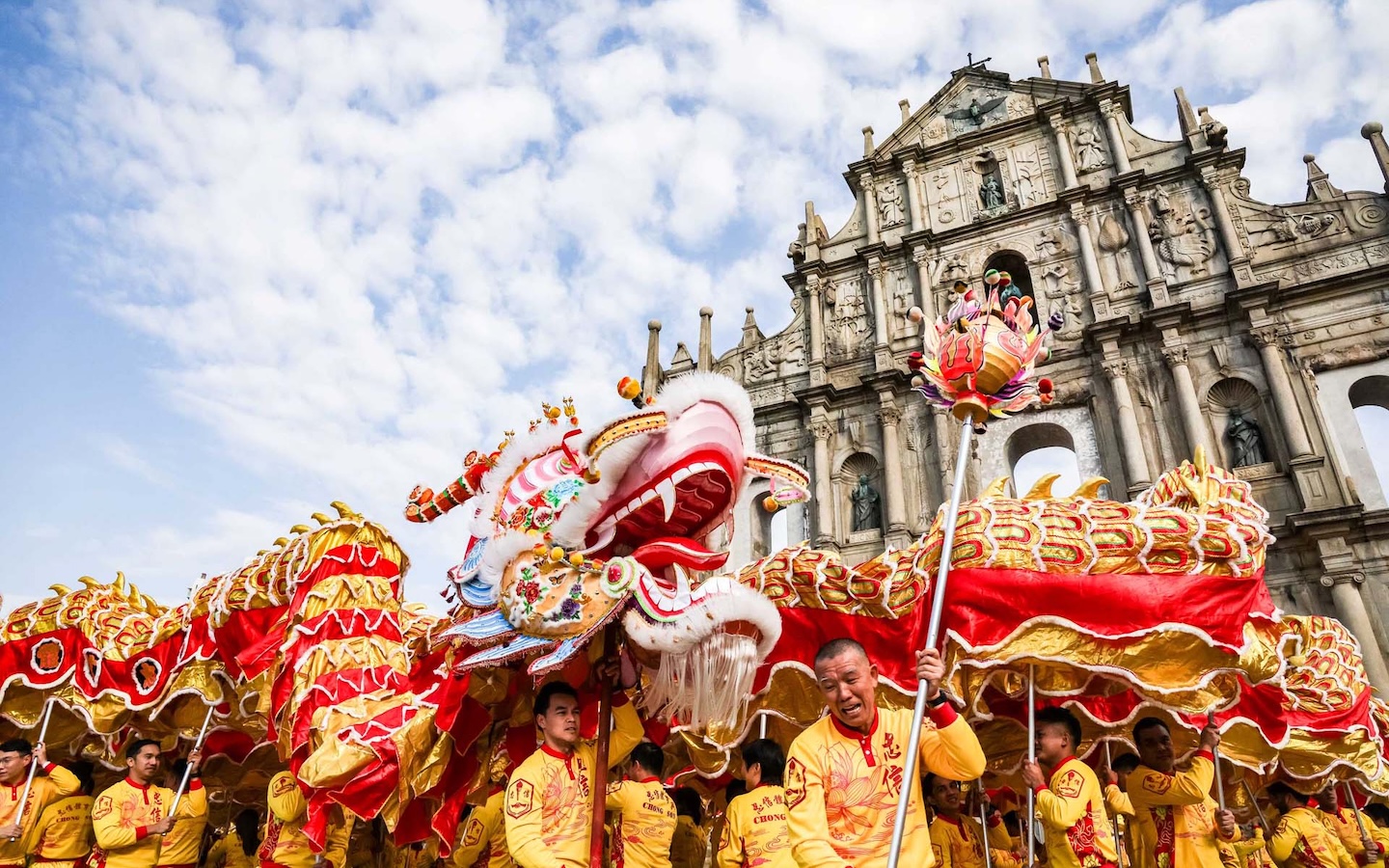As a lifelong devotee of the legend of Na Tcha, Macao man Ip Tat was thrilled when the animated fantasy film Ne Zha 2 arrived in the Special Administrative Region’s cinemas earlier this year. The 77-year-old thought the blockbuster “conveyed the spirit of Na Tcha incredibly well”, which was important to him. Afterall, Ip is the person responsible for safeguarding Macao’s customs related to the deity and ensuring they are passed down to future generations.
‘Ne Zha’ and ‘Na Tcha’ are alternate spellings of the same child deity in Chinese folklore, and he’s typically depicted as a protector. Over millennia, different versions of his story have developed across the Chinese-speaking world. The film, a sequel to 2019’s Ne Zha (both directed by Yang Yu, also known as ‘Jiaozi’), is loosely based on the 16th-century novel Investiture of the Gods. Attributed to Xu Zhonglin, the book is a fantastical retelling of the overthrow of King Zhou, the last Shang dynasty ruler. It features an elaborate cast of deities, immortals, demons and humans.
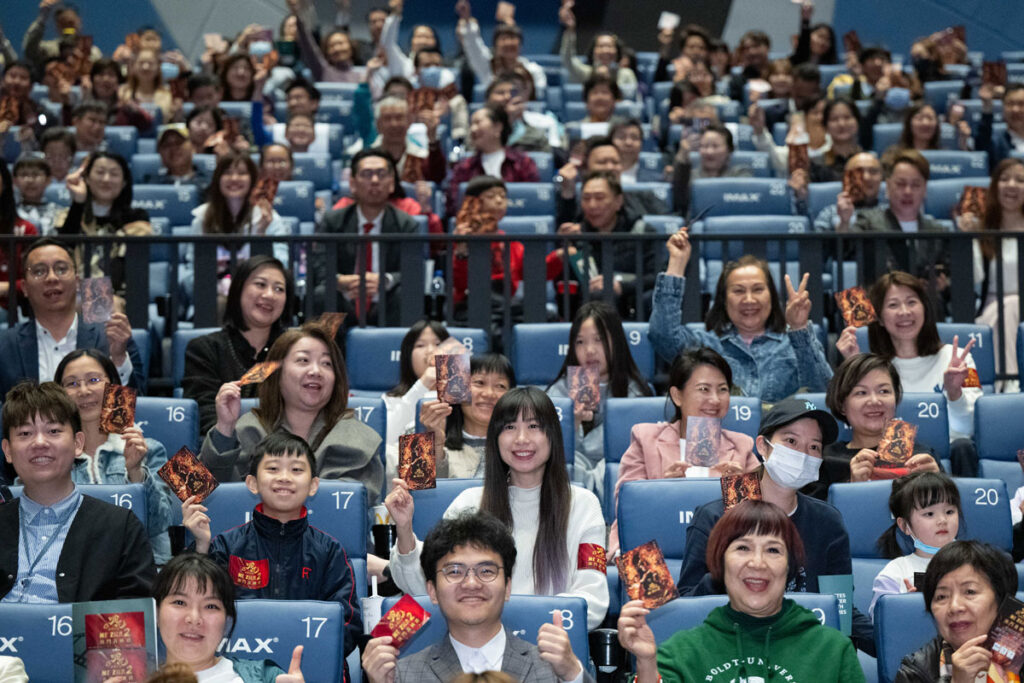
The Ne Zha films focus on one character in particular. In Ne Zha 2, after being struck by divine lightning, the mischievous titular character and a dragon prince named Ao Bing must share a body while completing three dangerous trials to restore Ao Bing’s form. Meanwhile, the Dragon King of the East Sea wages war on humanity and a hidden conspiracy threatens to upend the celestial order.
In a final battle, Ne Zha harnesses an inextinguishable flame to defeat his enemies and restore balance to the mortal realm. The young god is recognisable by the flaming wheels he zooms about on.
Amidst mythological mayhem and martial arts galore, witty banter abounds. The film is both a joyful romp and an exploration of friendship, sacrifice, redemption and identity; a winning combination that has resonated with audiences near and far. Indeed, Ne Zha 2 became an instant box office hit, smashing record after record in the weeks after its Chinese New Year release.
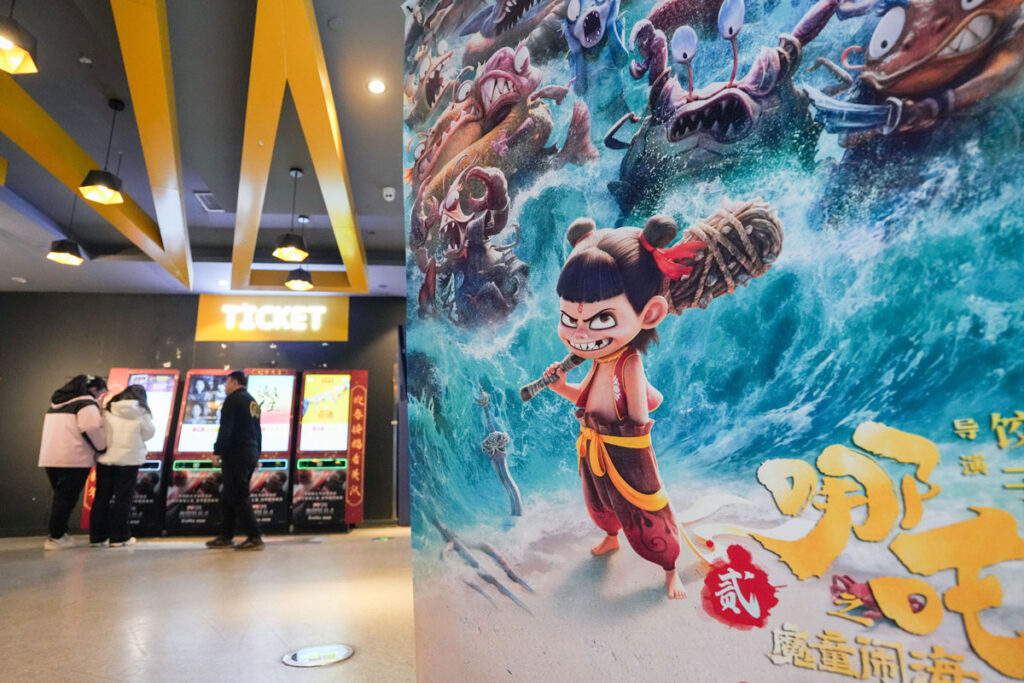
After just nine days screening in the mainland, it became the first movie ever to earn over US$1 billion in a single market. It then surpassed Inside Out 2 (2024) to become the highest-grossing animated film of all time. As if that wasn’t enough, Ne Zha 2 also made history as the first non-Hollywood film to exceed US$2 billion in global earnings.
As of 4 March, the movie had grossed over US$330,000 in Macao and over US$3.93 million in Hong Kong (on a per capita basis, those earnings aren’t so far apart). The figures were more than enough to make it the highest-grossing film in the history of both places.
Na Tcha in Macao
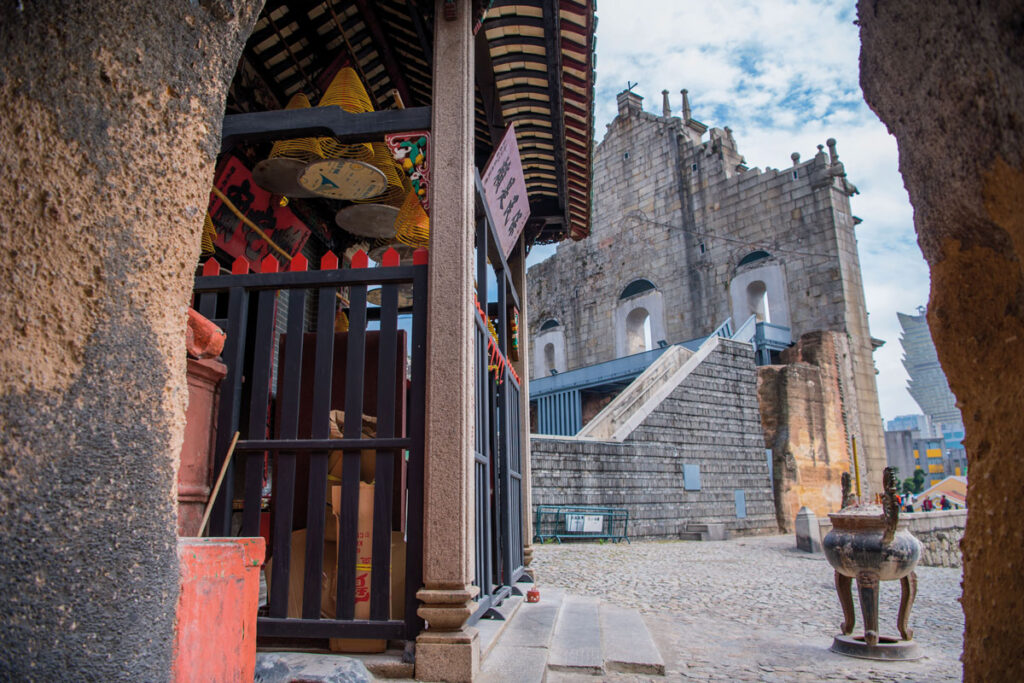
According to local media, Ne Zha 2’s success in Macao may be linked to the city’s deep-rooted connection to Na Tcha – as well as the movie’s gripping plot and spectacular visuals. But Ip believes the connection works both ways. He tells Macao magazine that Ne Zha 2 could encourage more residents and tourists to discover the unique Na Tcha culture found right here.
Na Tcha’s history in Macao dates back over 300 years. The ‘Belief and Customs of Na Tcha’ are inscribed in the city’s List of Intangible Cultural Heritage, where the diety is described as “a child with almighty powers riding on ‘Wind Fire Wheels’ to drive demons and disasters from the face of the earth”. Here, as across Greater China, he is considered the patron of children. But the Cultural Affairs Bureau notes that Macao’s “cult of Na Tcha” has significant differences from neighbouring regions, with rituals and ceremonies found only in the city.
The Special Administrative Region is home to two temples dedicated to Na Tcha. One was built in the early Qing dynasty on Calçada das Verdades, near Monte Fort; the other was constructed in 1888 very close to what’s now the Ruins of St Paul’s. The temples are just a 10-minute walk from each other.

According to local legend, the first temple pays homage to a young Chinese boy who used to play on the steep slopes of Mount Fortress, where he’d guide local children across the rocks to safety. His image – draped in a dudou and topped with a traditional hairstyle – was said to resemble the deity Na Tcha, inspiring villagers to build a temple in his name. Some stories even claim the boy was seen bidding farewell to the children before leaving the area on Na Tcha’s signature fire wheels.
The newer temple was built in the wake of a devastating plague, Ip explains. Around 1885, amid the crisis, a child appeared in a dream to local residents, advising them to use herbal medicine and spring water to heal themselves. Believing this to be Na Tcha’s spirit, they built the temple in his honour.
Macao also celebrates the Feast of Na Tcha on the 18th day of the fifth lunar month each year. The festivities play out over several days, and include a Taoist blessing ceremony, the Prince Na Tcha Parade and lion dance performances. Locals like to take this opportunity to call upon the powers of Na Tcha to ward off bad omens and deliver good health. It’s said to be the deity’s birthday.
‘I grew up with Na Tcha’
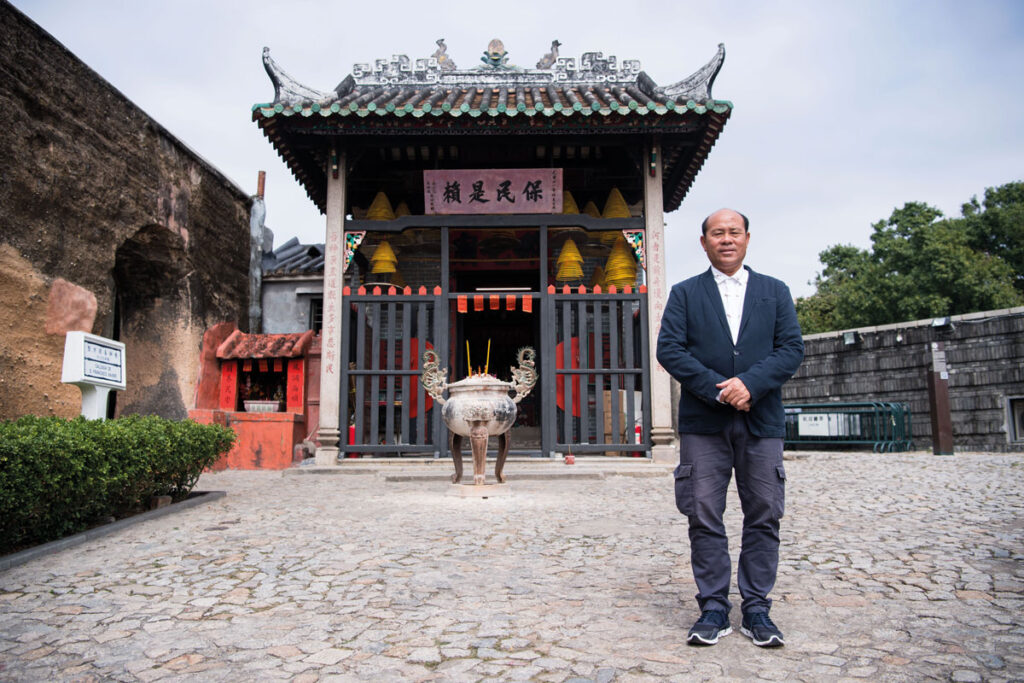
Ip, who has lived near the 1888 Na Tcha Temple for most of his life, is deeply devoted to both the building and legend. His father was a director of the Na Tcha Temple Association, and Ip himself was elected its chairman in his 30s. Over the past 40 years, he played instrumental roles in securing its recognition as a UNESCO World Heritage Site, ensuring Na Tcha’s beliefs and customs were inscribed as part of Macao’s Intangible Cultural Heritage, and even getting them included on China’s National Intangible Cultural Heritage List. He is one of two official ‘representative transmitters’ entrusted with preserving and promoting Macao’s beliefs and customs relating to the deity.
“I have been exposed to the story of Na Tcha since I was six years old,” Ip says, reflecting on his first time attending the Feast of Na Tcha as a small boy, and recalling doing his homework inside the temple with other kids of the neighbourhood. “Now I am over 70 years old, I can say that I grew up with Na Tcha.”
So eager was he to see Ne Zha 2 that he crossed into the mainland to watch it before its Macao release, then saw it several more times in local cinemas. “Even if the animation differs somewhat from [our] stories, as long as the spirit of Na Tcha is conveyed, it is valuable,” Ip notes. To the representative transmitter, the character of Ne Zha embodies Na Tcha’s core values: loyalty, filial piety, righteousness, benevolence and honesty.
Inspiration for Macao’s own film industry
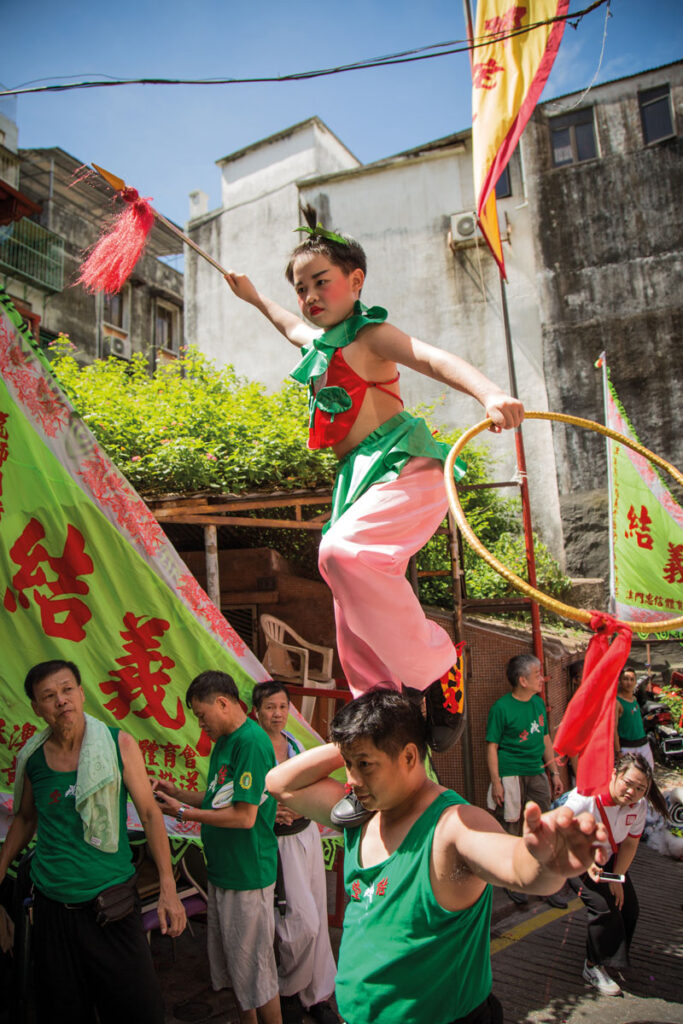
At Ne Zha 2’s Macao premiere, David Ding Kai of the Sil-Metropole Organisation, the film’s co-distributor, described it as “bringing Chinese culture to life [and] conveying the essence of Chinese culture through art.” Afterwards, Cultural Affairs Bureau Director Leong Wai Man noted that Ne Zha 2 not only reconnects local viewers with a special part of their own culture, but has the potential to positively influence Macao’s movie industry. She encouraged local filmmakers to incorporate more Chinese cultural themes into their work, recognising Ne Zha 2’s global success as proof of their storytelling potential.
Ken Sou Io Kuong, chairman of the Macau Artistes Association, agrees. He praises Ne Zha 2 as both high-quality entertainment – “entertaining and educational, suitable for all ages, with both laughter and tears,” he says and something of an inspiration. Sou, a filmmaker and composer himself, tells Macao Magazine that the movie “serves as a great learning example, highlighting that Macao has many cultural elements worth exploring.”
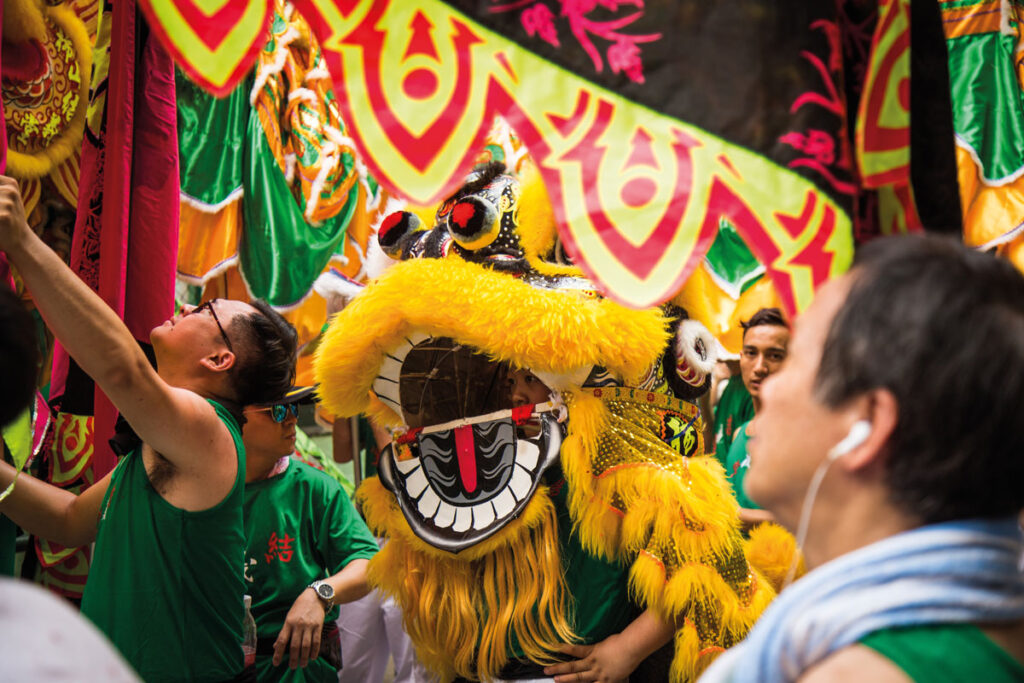
As an example, Sou cites a musical project he is currently working on about Chinese composer Xian Xinghai, best known for his Yellow River Cantata. “he’s an important figure in Chinese music, but even as a Macao resident, I didn’t know he was born here. This shows there are many untold stories in Macao.”
According to Sou, the city’s unique Sino-Portuguese history has created something of a “treasure trove” for the arts in general, film included. Plus the Macao SAR government is very supportive of its burgeoning film industry, he notes. The Cultural Development Fund offers financial assistance to both local and international talent, while workshops and competitions for experienced and emerging filmmakers alike take place regularly. In addition, the Cultural Affairs Bureau recently announced plans to build an online platform to serve as a communication and cooperation hub for production companies and filming teams interested in working in Macao.
But perhaps the most fitting advice for budding filmmakers is a quote from Ne Zha himself: “My fate is determined by me, not by heaven.”
